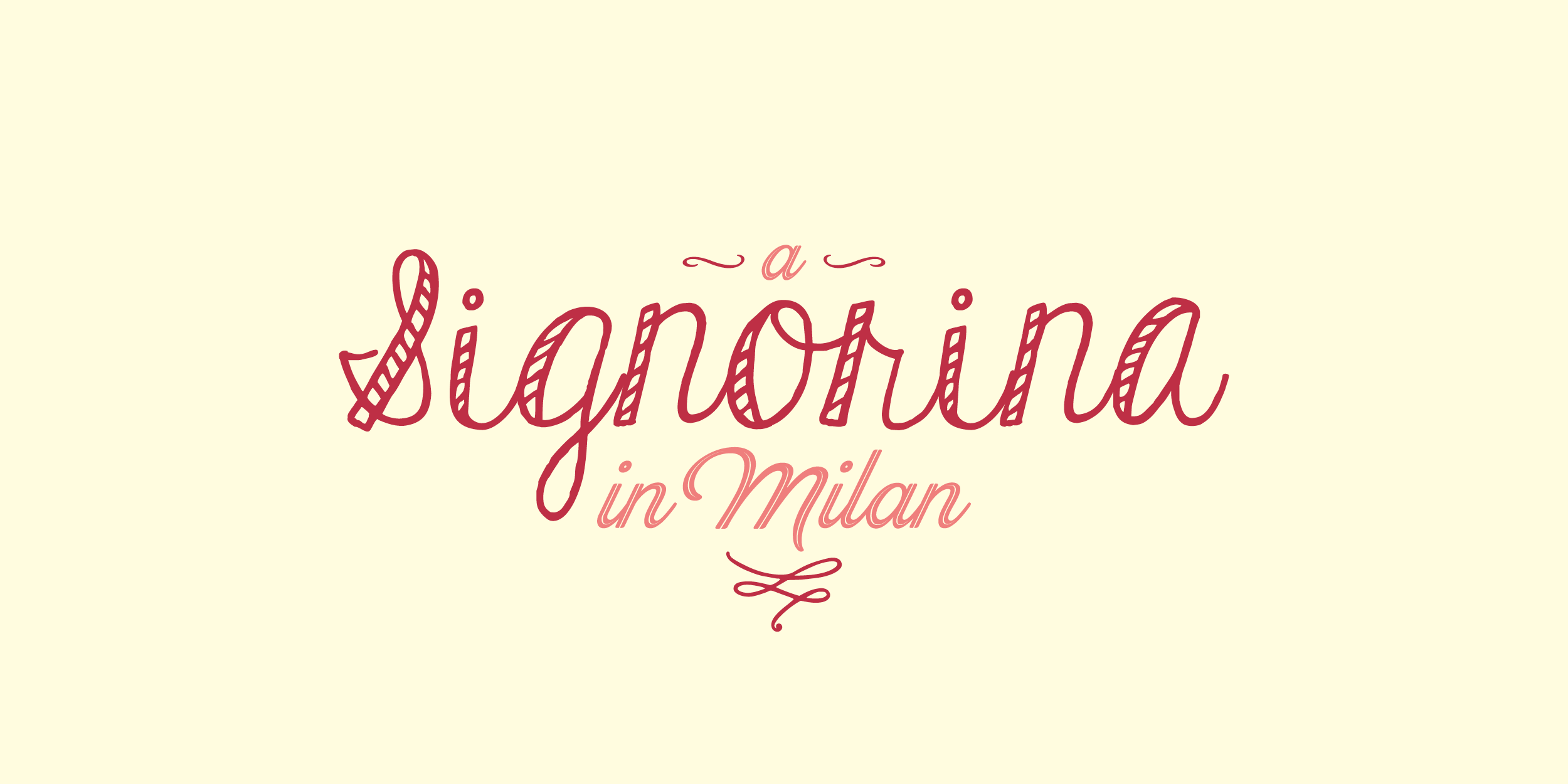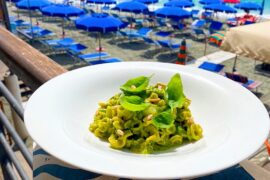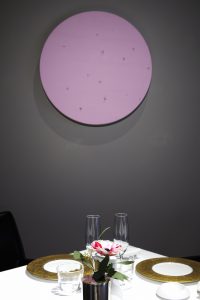Did you know that aspic is just as essential to the Milanese Christmas table as panettone? Yes, aspic and gelatin are having a moment, but in the Lombard capital, they’ve always been in vogue–which has always intrigued me as the city stands at the forefront of fashion and design. I recently had the opportunity to write all about it for USA Today’s 10Best.
At Christmas time, one particular gelatin has come to represent Milan: veal pâté from Peck, an epic gourmet shop that opened in 1883. Glossy amber veal pâté ingots, golden chickens, and pearly lobsters have glistened in Peck’s display case for decades–the veal pâté has been there since day one, always made with the same recipe. Peck sells 30% of its annual quantity during the holidays.
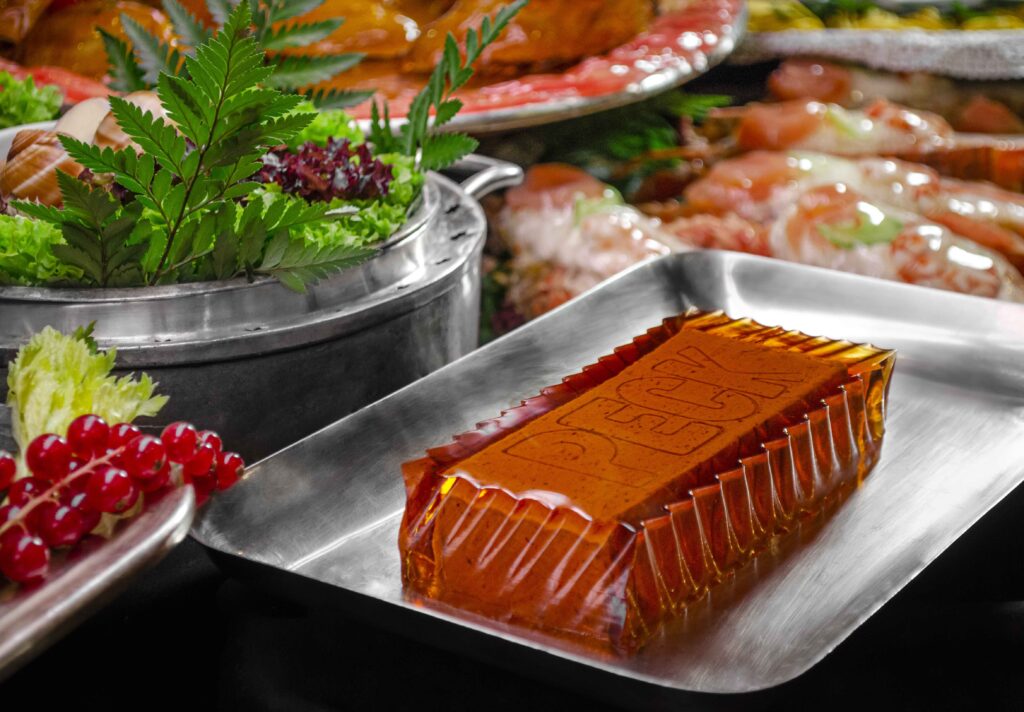
What is it that makes this dish so special? Anna Prandoni, a Milanese cookbook author and editorial director of Linkiesta Gastronomika, describes the veal pâté as the dish you hate as a child but crave as an adult, ”a dish of memory” that has played a part in countless family meals.
“Peck’s version is iconic,” she says. “Both because of the recipe, which is perfect and unchanging, but above all because it represents the holiday.” Prandoni adds that dropping into Peck at Christmastime for the Milanesi, not just for pâté but other foods like mascarpone or seafood salad, is part of an inescapable historical ritual.
Yet their fondness for these wobbly delicacies endures long after Christmas–the gastronomia sections at Esselunga supermarkets sell mini aspic and gelatin tartlets, and you’ll find them at classic gourmet shops like In Nuovo Principe and Grassi & Rossi.
Anyone flipping through a classic Milanese cookbook, such as Ottorina Perna Bozzi’s Vecchi Milano in Cucina (1975), will find at least one aspic recipe. In La Cucina Milanese (2004), Fabiano Guatteri describes aspic as “the appetizer of the aristocracy. Of French origin, it has, however, taken root in Milanese culture and its recipes. It’s an old-fashioned plate that’s still considered elegant.”
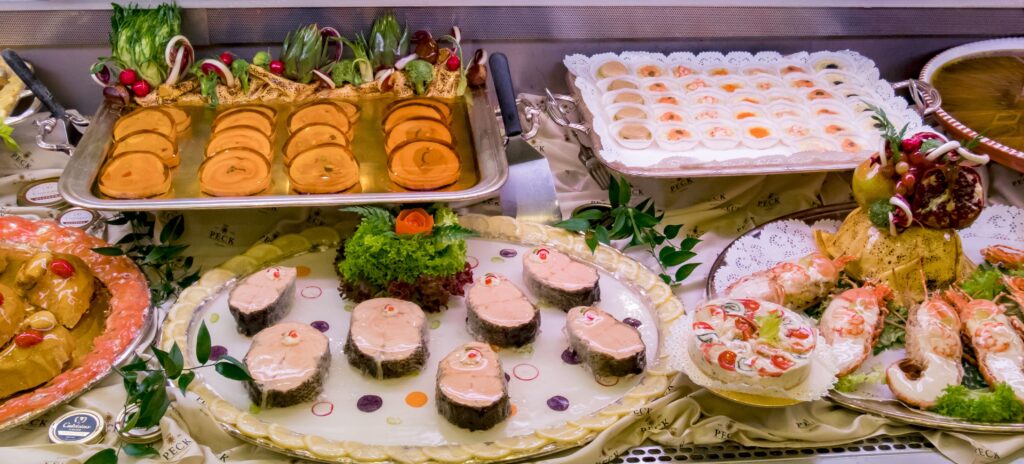
In his book Al Dente (2015), food historian Fabio Parasecoli discusses Italy’s French connection, stating how, in the 18th century, “culinary fashions from France exerted an unprecedented influence over well-to-do tables.” He adds that influences from the country started to spread throughout Italy slowly. Still, some credit Napoleon with bringing these elaborate preparations to Milan when he conquered it in 1796; perhaps history reflects both.
Nostalgia also factors into the fondness for these fundamental dishes of Milanese tradition, the veal pâté aspic in particular. Prandoni explains that they’re dishes “that grandmothers have always prepared and brought to the table that have their own beauty and make meat taste even better. Its history cuts across many cultures, but in Milan, it has found one of its most famous expressions, with a clear French imprint and approach.”
Gabriele Zanatta, the Milan born and bred co-author of Contemporary Milanese Cooking and editor-in-chief of the Identità Golose restaurant guide, says that aspic is growing popular among innovative Italian chefs who like to dig into the past. He also notes that aspic also factors into the culinary traditions of the Piedmont region, the bridge on which several French and Italian traditions overlap.
You can read more about it in the article I linked to above, but there’s one other chef I want to shout out that Zanatta brought to my attention: chef Marco Ambrosino. He was the long-time chef of 28 Posti, an excellent restaurant in Milan’s Navigli district. But the Procida native returned to the south and opened Sustanza in Naples in June 2023, where he serves a clever Pecora (sheep) dish that incorporates an aspic version of the meat.
